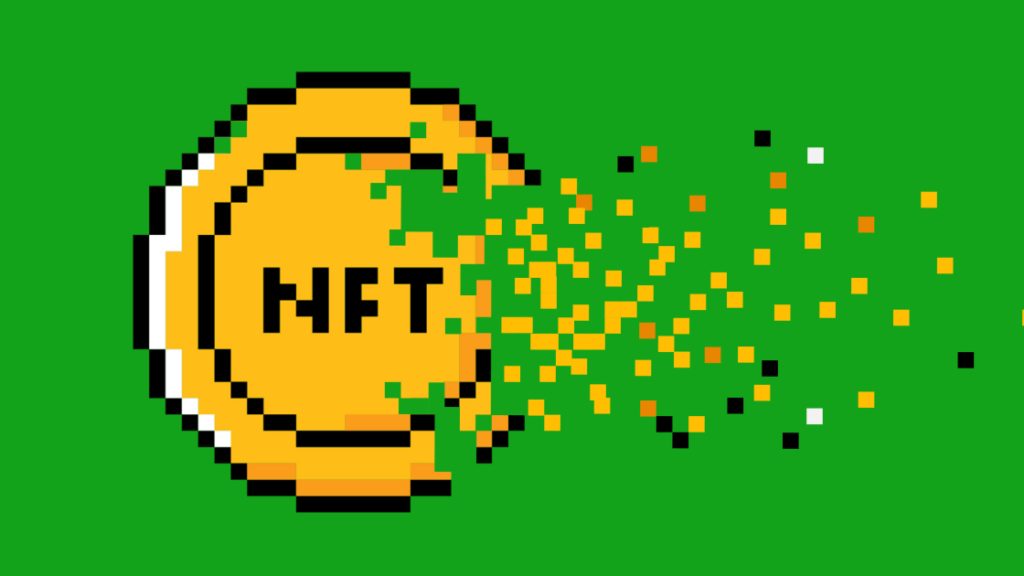Each link in the chain is uniquely generated, requiring a sizable amount of energy for the computations involved and offering a near tamper-proof chain of custody.
And in the same way cryptocurrency has become something to hoard as prices increase, and not spend like an actual currency, NFTs instead of being a mere declaration of ownership have become an investment asset of their own.
First, the number of active traders has plummeted from almost a million accounts at the start of the year to about 491,000, NBC News reported Thursday.
Second, there’s been a flood of supply.
But while bitcoins can be bought in absurdly small slices, the same can’t be said for NFTs whose value arises from their being tied to a singular, supposedly unique, piece of ephemera.
That limited number of potential buyers is already playing out in the resale market, where NFTs that were purchased for astronomical prices are struggling to sell for anything close to the original value.
Meanwhile, cryptocurrency is going through a comparative slump, as economic conditions lead investors to pull out of bitcoin and ethereum.
The main reason the loss of interest in NFTs is unsurprising, though, is that we’ve seen the same sort of thing happen time and again with fad investments.
A personal example: The year I turned 13, the only thing I wanted for my birthday — much to my father’s confusion and chagrin — was Pokémon cards, as many packs of the things as he could buy me.
I can’t for the life of me remember when I finally got rid of that binder after years of hoarding its contents.
But the market in Pokémon cards has had a renaissance lately, with vintage cards skyrocketing in value again last year.
